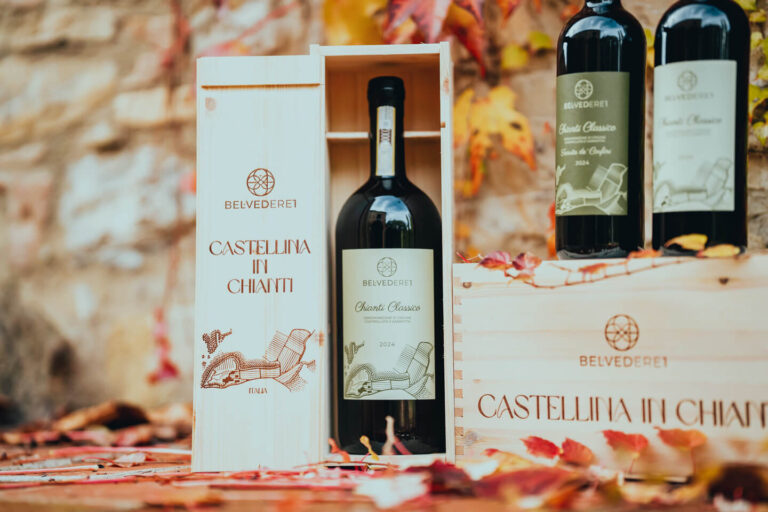
Golden onions of Parma
- OSF Orto

History
The Parma golden onions have a sweet, mild flavor, and are grown in the Parma region of Italy. It was in 1896 that golden onions were first introduced to Parma from Pavia. Onions grew well in the region due to its mild climate and fertile soil. The onions were cultivated using specific techniques by local farmers over time to enhance their flavor and quality.
There is still a high demand for golden onions of Parma due to their unique taste and aroma.

Fun Facts
- The golden onions of Parma are also known as “cipolla dorata di Parma” in Italian.
- The golden onions of Parma make excellent storage onions.
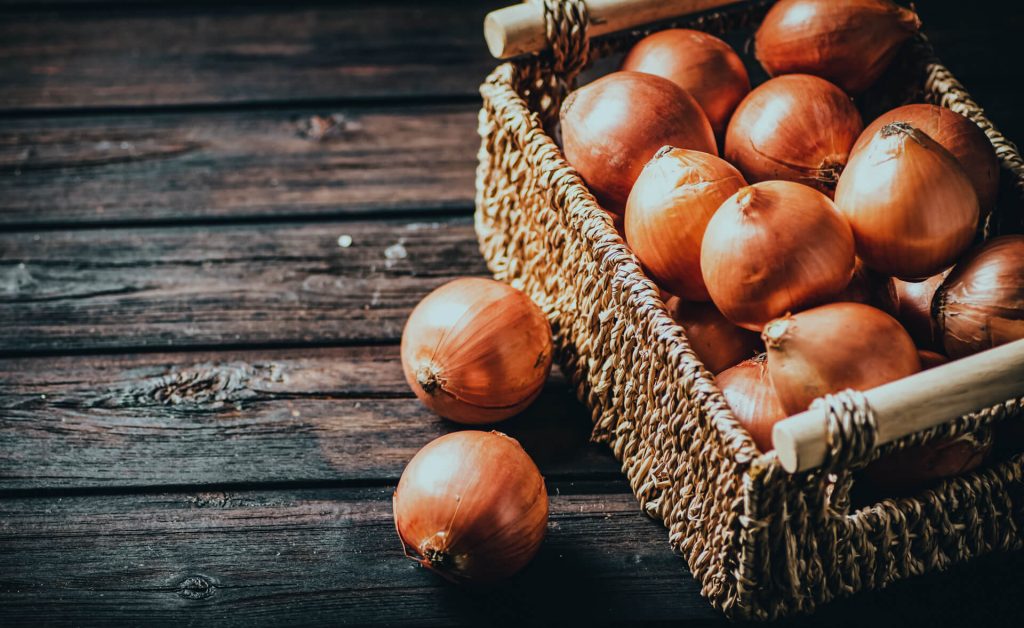

Health Benefits
The golden onions of Parma are a good source of potassium, vitamin C, and calcium. There is a lot of vitamin A in the leaves. Additionally, it is an excellent source of sulfur-containing compounds and antioxidants.
It has historically been prescribed for infertility, headaches, snakebites, constipation, and hair loss. As well as improving cardiovascular health, joint health, and bone density, onions are anti-inflammatory and anti-cancer.

When to Plant Golden Onions of Parma
Depending on your local climate and growing conditions, golden onions from Parma are typically planted in the fall or early winter, usually between October and December. It is also possible to plant them early in the spring, typically in March or April. It is best to grow golden onions of Parma on well-drained sandy, clay, or loam soils.
Plant onion sets about one inch deep and 4-6 inches apart. Transplants should be planted at a depth of 1 inch and 6-8 inches apart. A temperature range of 55°F to 75°F (13°C to 24°C) is ideal for the golden onions of Parma.
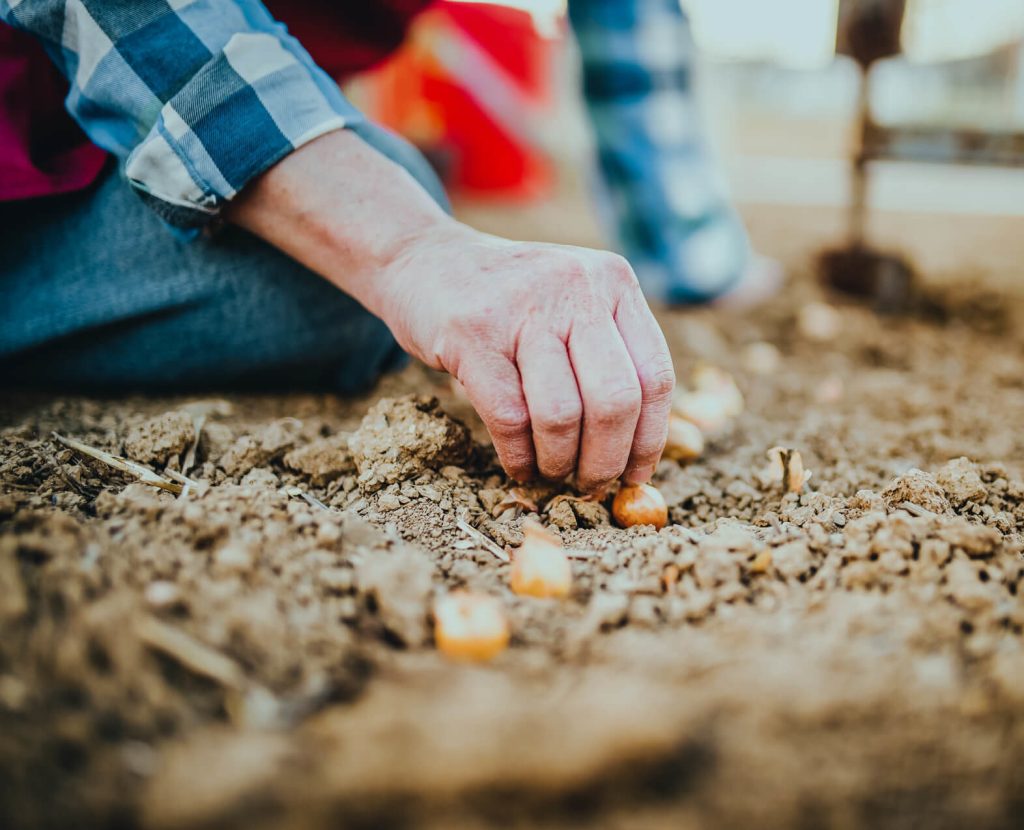
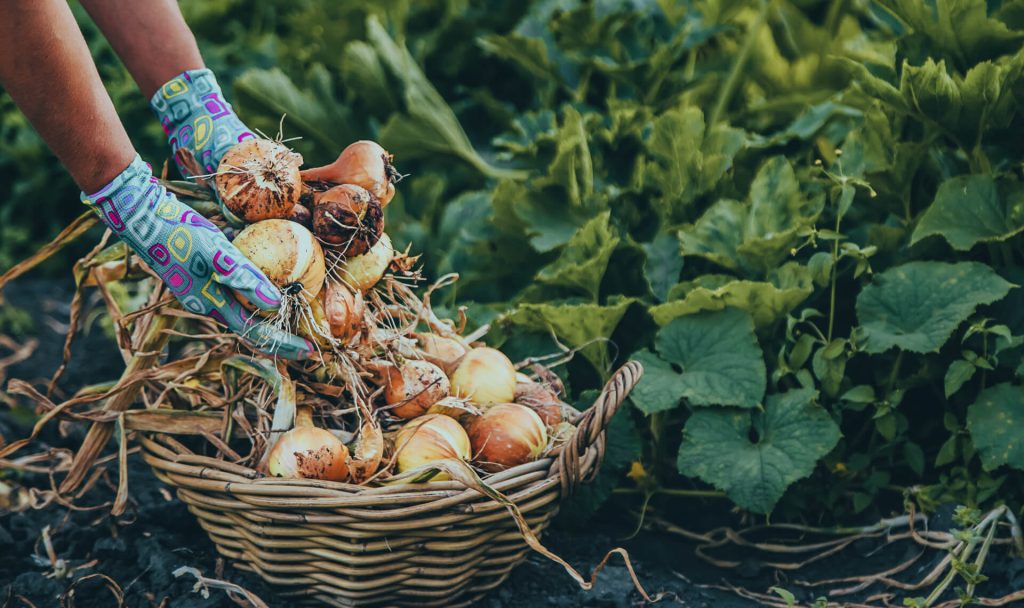
Harvesting
Depending on when they were planted, golden onions from Parma are typically ready for harvest in late spring or early summer, usually around June and July. Once the tops of the onions start to dry and fall over, they are ready for harvesting.

Companion Plants for Golden Onions of Parma
The best companion plants to grow with onions are parsnips, carrots, beets, eggplant, tomatoes, lettuce, cabbages, and cauliflower.

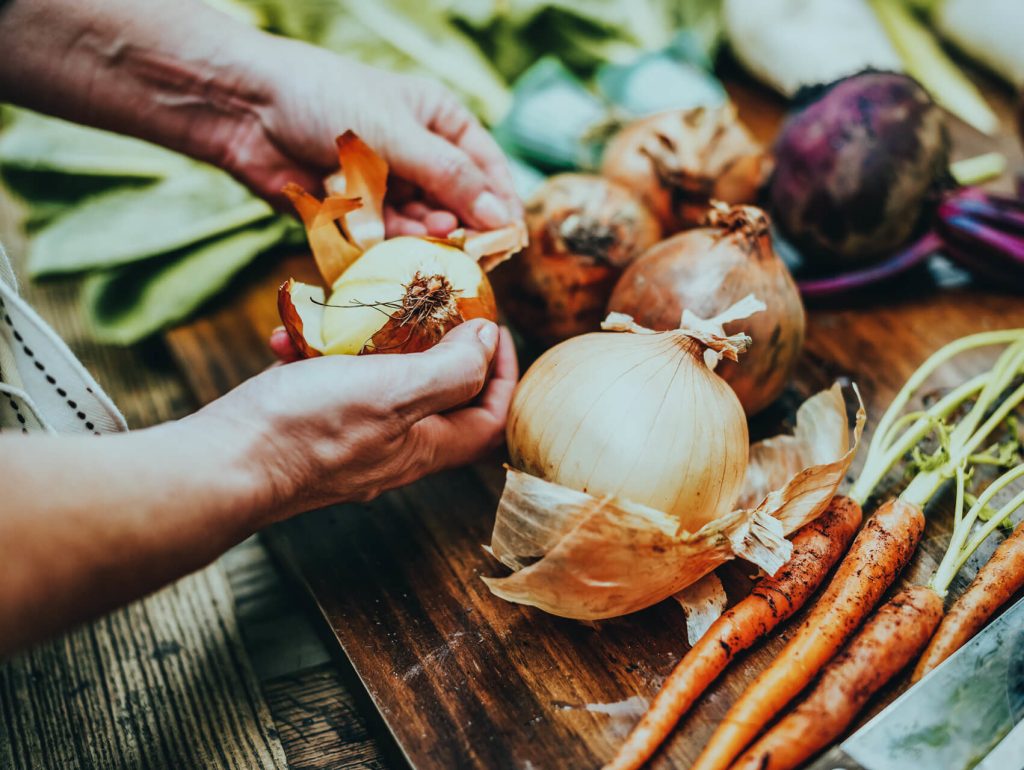
Summary
Golden onions of Parma are grown in the Parma region of Italy in 1896. They have a sweet, mild flavor and are cultivated using specific techniques to enhance their flavor and quality. They are also known as “cipolla dorata di Parma” in Italian. They are a good source of potassium, vitamin C, calcium, vitamin A, sulfur-containing compounds and antioxidants, and have been prescribed for infertility, headaches, snakebites, constipation, and hair loss. They should be planted in the fall or early winter and harvested in late spring or early summer. Companion plants for golden onions include parsnips, carrots, beets, eggplant, tomatoes, lettuce, cabbages, and cauliflower.





